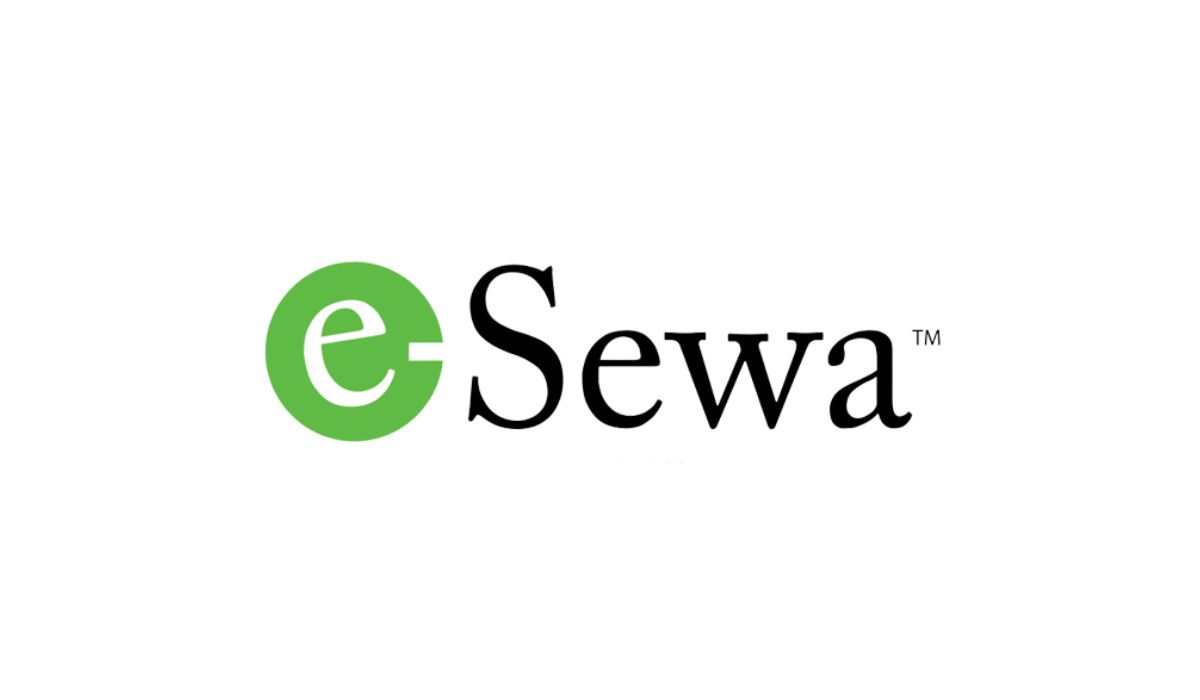Online payments have become the pillars of a cashless economy. All around the world, mobile payments are becoming a popular mode of payment, and in many parts, cash has already become a thing of the past. Global estimation shows that 41.8 billion transactions were conducted via e-wallets in 2016. Looking at the global landscape, 68% of Europeans used digital wallet in 2017, and 81% of Chinese smartphone users used mobile payments. Moreover, Singapore’s mobile payments market is already worth more than $1 billion, while South Korea’s Kakao Pay alone managed £14billion worth of digital transactions in 2018. In Nepal too, online payments are gaining popularity where eSewa alone processes around 158,000 transactions on an average per day.
The rise of online payments have brought various changes to people’s purchasing habits. For most of the utility payments, people no longer visit offices or payment counters and stand in queue, instead, they make payments right from their home using e-wallets like eSewa.
Also, e-wallets have changed the way people make payments while visiting physical stores too. Lately, we see Scan to Pay table-tops in almost every kind of stores. With this, people do not have to look for coins in their pockets, they can just Scan to Pay and enter the exact bill amount.
One of the most noticeable use of e-wallets can be seen in the way users recharge their mobile phones. Today, you see very few people scratching recharge cards for recharging their mobile numbers, rather, they just open their mobile wallets and recharge their phones.
Splitting bills while enjoying with friends always created an awkward situation, until e-wallets came into the scenario. Now, in place of everyone taking out their wallets and counting change in front of others, friends can simply calculate how much one owes and every one will send their half with a few taps on their smartphones. This significantly reduces the awkwardness as one doesn’t have to ask for money face-to-face.
Finally, summing up all the online recharge facility, utility payments, Scan to pay table tops and splitting bills facility, we have seen people carrying less cash. Sure, it might be a long road till Nepal goes truly cashless, but we see less people carrying thousands of rupees in their wallet.
These were just a few of the things we have noticed people doing with e-wallets. Have you noticed any other changes in people’s routine lives? Tell us in the comments section below.
References:






